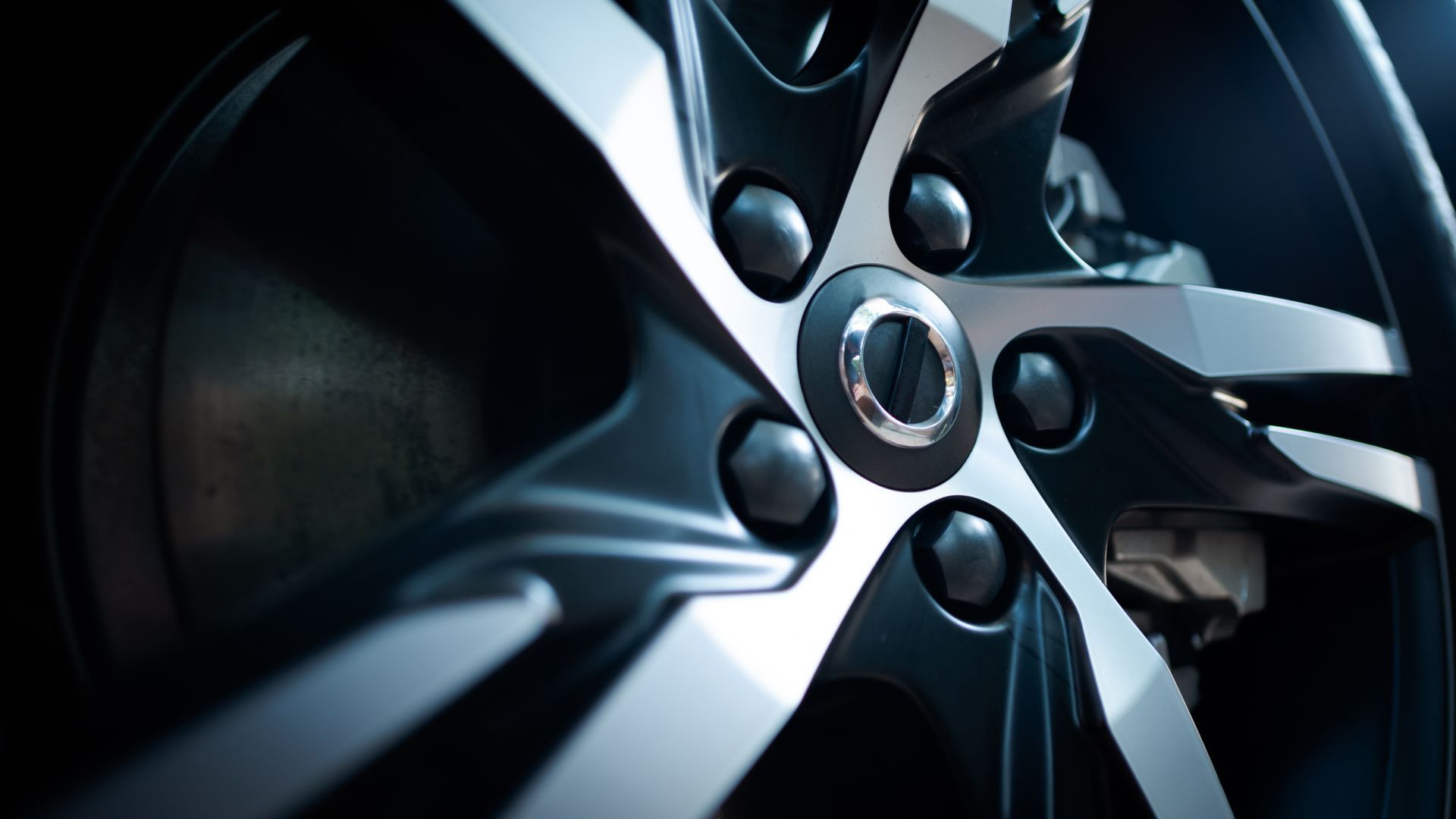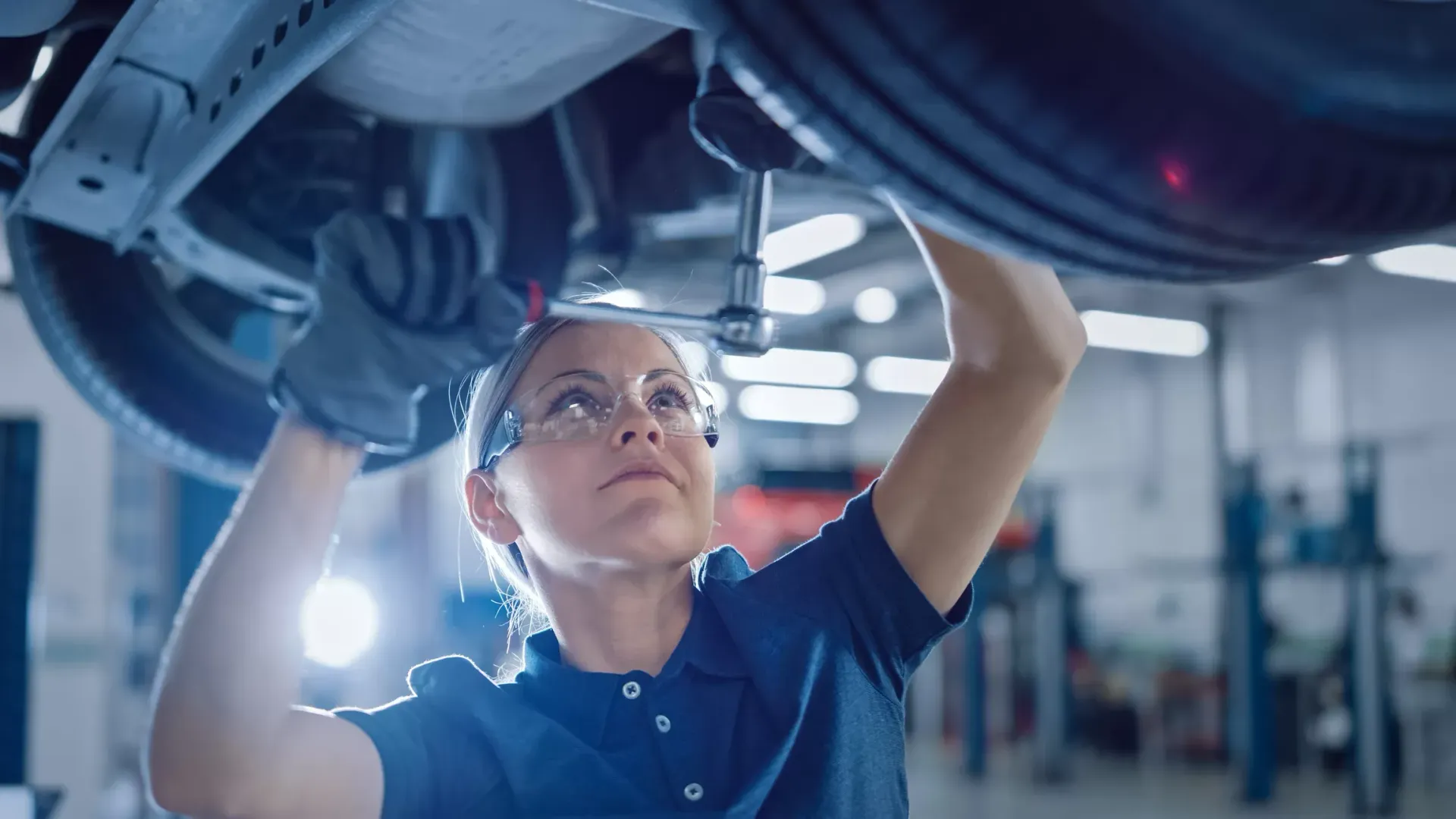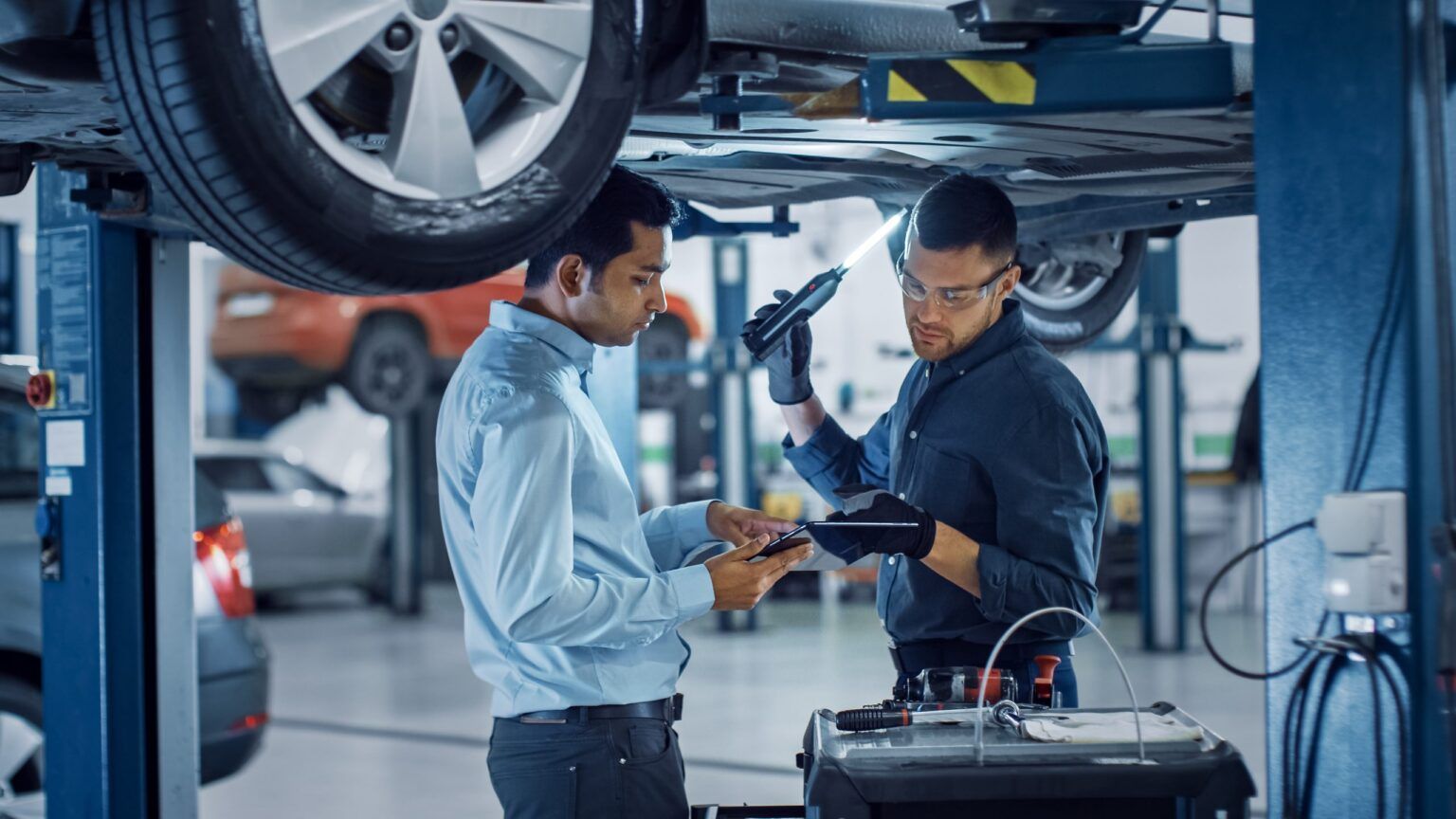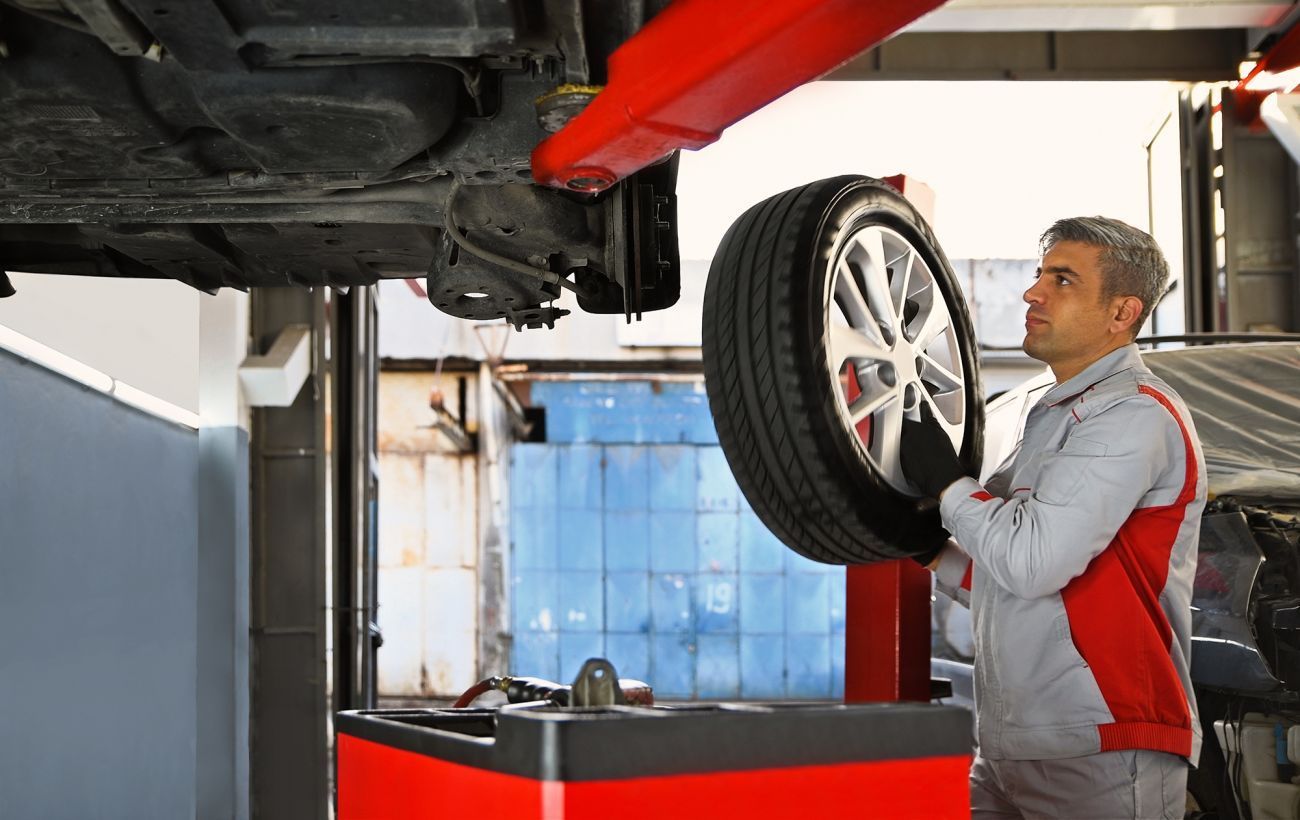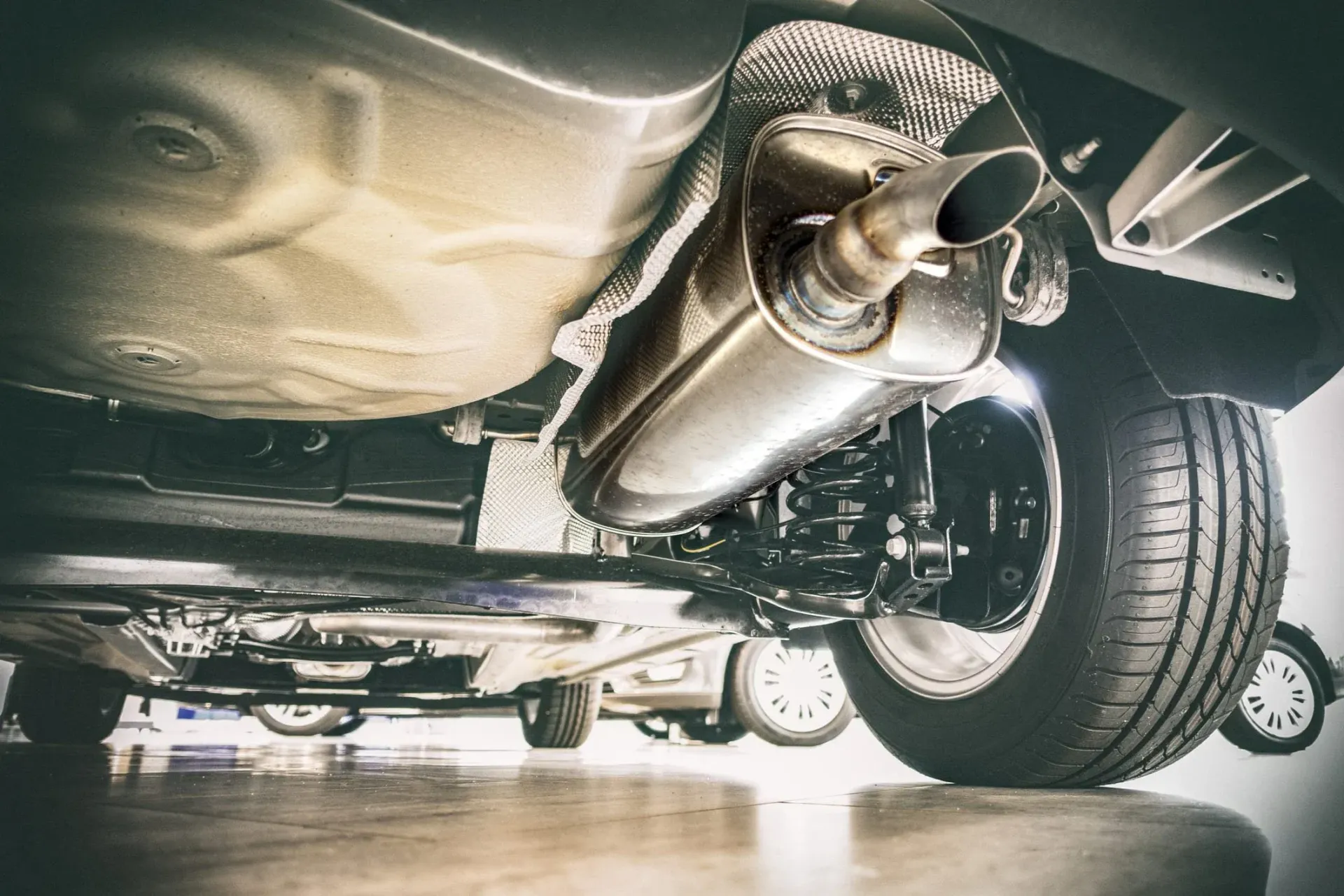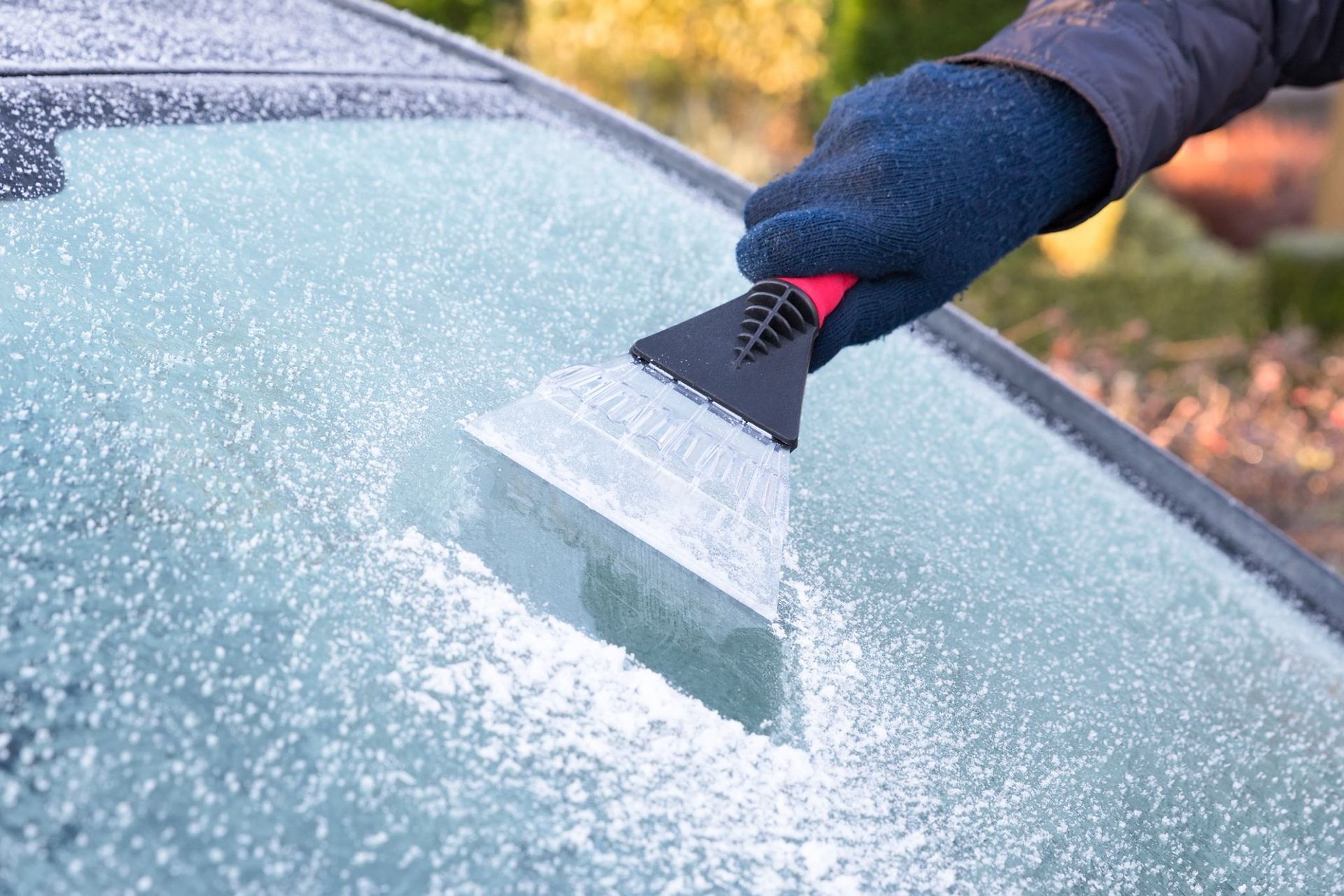How to Choose The Right Tyres for Your Vehicle
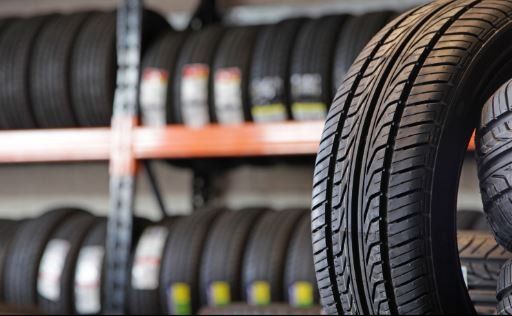
An important part of any vehicle, replacing the tyres on your vehicle with cheap, ill-fitting and the wrong size tyres can compromise both the safety of you and others on the road. Bad tyres can cause you to lose control of your motor if in adverse weather conditions or if you need to stop urgently, potentially causing accidents and congestion.
With many brands, shapes and sizes of vehicle as well as tyres, it can be overwhelming to know what tyres to purchase either as spares or if your tyres need to be urgently replaced, especially if you have just bought a new car or if you a new driver. As a leading tyre supplier and garage services in Aylesbury, we have experience providing first-rate garage services to many new and returning customers. We get asked all the time about how to find the right tyres, so with this in mind, we decided to write a handy blog post detailing everything you need to know.
Different tyres for different vehicles
It won’t be surprising to know that different vehicles like vans, motorbikes, cars and lorries will require different tyres. The main difference is obviously size, as larger vehicles will need larger tyres to help with stability and weight. Vehicles like lorries and vans are designed to be able to drive continuously long distances which essentially means that their tyres need to be durable and able to resist multiple types of road.
What’s more, tyres like SUV tyres and 4x4 will be different from hatchback or ordinary styles of car. SUV’s and 4x4 are known for having powerful engines, making them attractive for families and those who live in rural areas. Yet as they may be driving off road, if they do live in a rural area, then they need tyres that can easily move between muddy roads and slippery grass.
Under current EU rules and regulations, when tyres are first made, they are measured for noise, rolling resistance and wet weather. Also, generally, new tyres are made with 7mm of tread depth. Tyres need to have a ranking system to inform the buyer about wet braking distance. This is vital as having shorter wet braking distance will cause fewer accidents. Although, tyres in the lowest rank will still be safe to use on the roads. Through this, you may choose a cheaper tyre with lower braking distance because you are a confident driver, whereas a less confident driver may feel assured with a higher ranking tyre that has a greater braking distance.
Despite these EU regulations, it is worth thinking that a well-worn tyre will have a reduced braking distance than a new tyre, no matter their original rank. Therefore, if you think your tyres need replacing, then make sure to have your car serviced.
Plus, tyres are ranked depending on their fuel economy. A more expensive tyre with a higher ranking could end up being more cost-effective than a cheaper lower-ranking tyre due to the amount of fuel costs it can save you.
It is always important to choose the right tyre size for your vehicle, ensuring both stability, safety and smooth-running. You can find the size of your current tyres by taking a look at the long number on the side of the tyre. Separate parts of the number will indicate different things. For example, a tyre number would look like this: 205/45 R16 83 V.
The 205 indicates the width of the tyre in millimetres. The width affects how much grip is available for cornering, braking and acceleration. The wider the tyre essentially means more contact with the road and establishing greater grip. This doesn’t necessarily mean that all tyres are produced to be extremely wide, despite grip being important. A wider tyre results in a greater rolling resistance, which means that vehicles with modest performance and high economy will have narrower tyres for efficiency, whereas high performing vehicles will have wider tyres.
The 45 is the aspect ratio. The higher the aspect ratio, the taller the tyre is in relation to it’s width. A taller tyre will create more of a comfortable drive, providing greater protection against potholes or any lumps and bumps in the road. However, tall tyres also has its drawbacks too, creating more deflection during cornering and as a result, creating a less accurate response through the steering wheel.
The R stands for radial. A majority of tyres are now radial tyres. Radial tyres are constructed from polyester cords which are positioned across the width of the tyre. In comparison to older tyres, this gives the tyre more strength.
The 16 is a number that indicates width of the wheel rim in which the tyre can be fitted in inches.
The 83 is the load rating, indicating the corresponding weight in kg that the tyre is capable of carrying.
V is the tyres speed rating. Speed ratings are ranked from the lowest ‘N’ at 87 miles per hour to ‘Y’ at 186 miles per hour.
There is a range of leading tyre brands out there, with your local garage most likely being able to provide some of these best and most common tyre brands below:
Bridgestone - One of the world’s top manufacturers, Bridgestone tyres can be quite expensive. However, they promise great dry grip tyres that can be bought from national, regional and online retail. Bridgestone also provides exemplar tyres for motorsports, especially in wet weather.
Michelin - Another one of the world’s best international tyre makers and suppliers, Michelin is a recognisable brand due to their mascot - the Michelin man. Michelin tyres are also known for having a higher price tag, although they do provide great dry grip and wet grip tyres with superb handling .
Goodyear - One of the world’s largest tyre makers, Goodyear tyres are more expensive than Bridgestone and Michelin, owning well-known smaller brand Dunlop. Goodyear produces tyres provide great handling, dry and wet grip and are also are slow-wearing. This means that they are an investment which will certainly last. However, Goodyear tyres have received some criticism for being lacking in overall performance.
Continental - A German brand, Continental are known across Europe for providing great dry and wet grip. Plus, they are less expensive than other brands.
Pirelli - An Italian tyre company, Pirelli create a vast range of tyres for all purposes. This means that they are a great brand that suits multiple driver’s needs and preferences. Pirelli’s tyres are as expensive as top brands like Goodyear and Bridgestone, yet this doesn’t mean that they are not highly sought after.
Differences between branded and unbranded tyres
Although you can be assured with the safety and stellar performance of a branded tyre, sometimes the price tag can certainly put you off and you will want a cheaper option. This is why many go for economical unbranded tyres - however, are these truly better than their more expensive branded counterparts?
● Safety - Every tyre produced in the UK or EU has to meet legal standards which means that no matter whether you buy branded or unbranded tyres, you can know that the difference in price doesn’t mean that there is a difference in safety.
● Performance - Branded tyres are manufactured to out-perform the budget ones, why else would you paying a greater price tag? Generally, branded tyres will provide better traction on the road, and greater fuel efficiency in a myriad of weather conditions.
● Durability - The main difference between branded and unbranded tyres is the material used to make them. Branded tyres will be made from a more complex array of materials ensuring greater durability, longer-lasting tread depth, and better wear on the roads. With this in mind, if you have to travel long distances regularly for work, a car with branded tyres is probably a better bet.
● Price - the greatest advantage that unbranded tyres will have over branded tyres is they are far cheaper. Which is quite a big strength considering how expensive car repairs can be. Buying an unbranded tyre may suit you better if your car is older and you only use it for small distances. However, branded tyres can give you more assurance, something you may want for a family car that drives long distances regularly.
Another factor to consider when buying tyres is what time of year are you purchasing them in? It is wise to make sure that you get tyres that can suit all weather conditions, however, in winter and summer, temperature changes and weathering can cause a greater risk of accidents. This is why many manufacturers create both summer and winter tyres.
Summer tyres have a simpler tread pattern than ordinary or winter tyres. This allows for the tyre to perform well at temperatures exceeding 7 degrees on both wet and dry roads. Summer tyres are also made from a softer compound giving reduced resistance but a greater fuel economy, so you will need to fill up your petrol less.
Heavy snow is infrequent in many parts of the UK, however, some regions of Scotland, Wales and England will see more snowfall than others. What’s more, if you live in a rural area, snow is more likely to stick and last for longer than urban areas. With this in mind, many people choose to purchase specially created winter tyres which are designed to help improve safety, grip and resistance, minimising the amount of road traffic accidents overall in a case of bad weather.
Acorn Tyres & Servicing, Cheap Car Tyres in Aylesbury
Whether you are looking for your car to have its MOT done, or you think your car needs some new tyres - then here at Acorn Tyres & Services, our team of expert mechanics can help. Don’t simply ignore your car if something doesn’t feel right. From strange noises to sudden jerking motions, ignoring the problem could make it worse and also compromise your safety.
To find out more about our services, simply contact us today.


